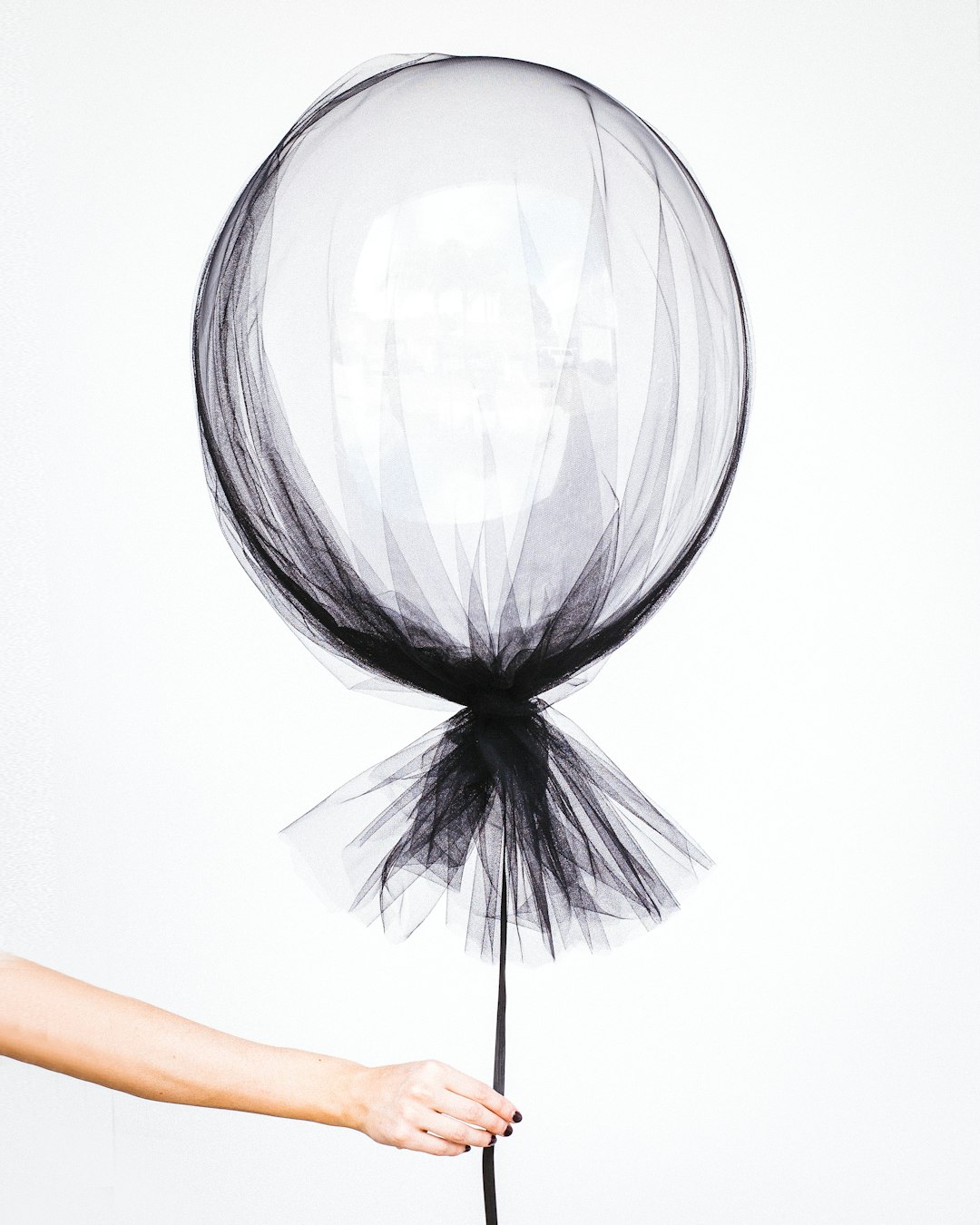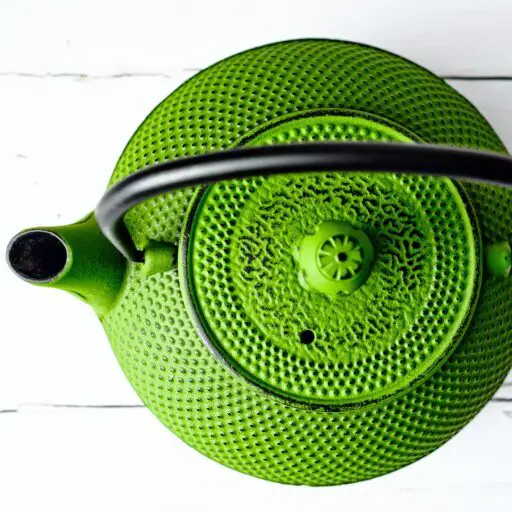Support our educational content for free when you purchase through links on our site. Learn more
When Were Tea Rooms Popular? [2024] ☕️
Step into the enchanting world of tea rooms and discover how they became a symbol of social change and empowerment for women throughout history!
Picture this: it’s the early 1900s, and women are yearning for a space of their own, a place where they can gather, socialize, and express themselves freely. Enter the tea room, a haven where women found solace, camaraderie, and a taste of independence. But when exactly were tea rooms popular, and what made them so special? Join us as we delve into the fascinating history of tea rooms and explore their impact on society.
Quick Answer
Tea rooms reached the height of their popularity in the 1920s, serving as a platform for social change and women’s empowerment. These charming establishments provided women with a safe space to gather, express themselves, and challenge societal norms. Today, tea rooms continue to thrive, offering a delightful escape from the hustle and bustle of modern life.
👉 CHECK PRICE on: Tea Sets | Tea Cups | Tea Accessories
Quick Tips and Facts
✅ Tea rooms gained popularity in the early 1900s as a response to limited public eating spaces for women.
✅ The 1920s marked the height of tea room popularity, coinciding with the feminist movement and Prohibition.
✅ Tea rooms provided women with a safe space to socialize, express themselves, and challenge societal norms.
✅ African American women-owned tea rooms played a significant role in advancing social and political change.
✅ Today, tea rooms continue to thrive, offering a charming and nostalgic experience for tea enthusiasts.
Background: A Social Change Brewing

In the 1800s, public eating spaces were predominantly taverns and hotels that catered to male clientele. Women were often excluded due to concerns of harassment and the preservation of a “respectable” reputation. However, winds of change were blowing, and women were determined to challenge the status quo.
The late 1800s saw the rise of the Temperance Movement, advocating for restraint in appetites and behavior. Driven by Christian virtues of prudence and chastity, women felt that accommodating women in public spaces would be a sign of indecency. But as the 19th century drew to a close, women yearned for more.
A Way of Life That Was Destined to Change
In the later part of the 19th century, women began to assert their desire to participate in the foodservice industry and challenge sex-segregated restaurants. They wanted a space where they could showcase their skills in hosting and meal preparation. And so, the ladies tea room was born.
Tea rooms emerged as a solution to the social restrictions placed on women. These charming establishments provided a platform for women to monetize their talents and create a space where they could gather, socialize, and express themselves freely. It was a way of life that was destined to change the course of history.
Tea Rooms of the Early 1900s: Aesthetic and Service
Step into a tea room of the early 1900s, and you’d be transported to a world of elegance and charm. These establishments were meticulously decorated with the comforts of home in mind. Think hook rugs, spinning wheels, antiques, flowers, candles, and homemade crafts. The ambiance was warm, inviting, and designed to make women feel at ease.
The menu at tea rooms was carefully curated to reflect the delicate nature of the experience. Food was kept simple, light, and dainty, with offerings such as finger sandwiches, scones, pastries, and, of course, a wide selection of teas. The attention to detail extended to the service as well, with waitresses dressed in crisp uniforms, providing impeccable service with a smile.
Finding a Voice in Tea Rooms
Tea rooms became more than just places to enjoy a cup of tea and a bite to eat. They became platforms for women to find their voice and challenge societal norms. Tea room proprietors were predominantly middle-class white women who sought careers, wives looking to supplement family income, widowers, and even school teachers who set up shop during their summer break.
But it wasn’t just white women who found solace in tea rooms. African American women-owned tea rooms played a significant role in advancing social and political change. These establishments became gathering places for groups such as the NAACP Women’s Auxiliary and the Negro Business League, providing a space for African American women to organize and advocate for their rights.
From Servitude to Leadership, 1920–1950
The 1920s marked the height of tea room popularity, coinciding with the feminist movement and the era of Prohibition. Women were embracing their newfound freedom and asserting their independence. Alcohol-free tea rooms became more popular, offering a space where women could socialize without the presence of alcohol.
This period also marked the rise of women in leadership roles within the foodservice industry. In 1940, Grace E. Smith made history as the first female president of the National Restaurant Association, paving the way for future generations of women in the industry. Tea rooms played a significant role in this journey, providing a stepping stone for women to transition from servitude to leadership.
Foodservice Paving the Way for Equality
Tea rooms were more than just places to enjoy tea and pastries. They were catalysts for social change, paving the way for greater equality between men and women. These establishments challenged societal norms, providing women with a safe space to gather, express themselves, and pursue their dreams.
Today, tea rooms continue to thrive, offering a charming and nostalgic experience for tea enthusiasts. Whether you’re looking to indulge in a traditional afternoon tea or simply escape the chaos of modern life, tea rooms provide a haven of tranquility and elegance.
You Should Know
✅ Tea rooms gained popularity in the early 1900s as a response to limited public eating spaces for women.
✅ The 1920s marked the height of tea room popularity, coinciding with the feminist movement and Prohibition.
✅ Tea rooms provided women with a safe space to socialize, express themselves, and challenge societal norms.
✅ African American women-owned tea rooms played a significant role in advancing social and political change.
✅ Today, tea rooms continue to thrive, offering a charming and nostalgic experience for tea enthusiasts.
FAQ

When did tea shops become popular?
Tea shops gained popularity in the early 1900s as a response to limited public eating spaces for women. These establishments provided women with a safe space to gather, socialize, and express themselves freely.
Read more about “Why is it called a tea room? … 🍵”
When did tea houses start?
Tea houses have a long history, dating back centuries in countries like China and Japan. However, the tea houses we associate with the early 1900s and the feminist movement gained popularity during that time.
When did afternoon tea start in America?
Afternoon tea, a tradition that originated in England, made its way to America in the late 1800s. It became particularly popular in the early 1900s, coinciding with the rise of tea rooms.
What is the history of the teahouses in China?
Teahouses have a rich history in China, dating back thousands of years. They served as gathering places for socializing, entertainment, and the appreciation of tea. Teahouses played a significant role in Chinese culture and continue to be an integral part of the tea-drinking experience.
Conclusion

Tea rooms were more than just places to enjoy a cup of tea and a bite to eat. They were symbols of social change, empowerment, and women’s liberation. These charming establishments provided women with a safe space to gather, express themselves, and challenge societal norms. From the early 1900s to the height of their popularity in the 1920s, tea rooms played a pivotal role in shaping history.
Today, tea rooms continue to thrive, offering a delightful escape from the chaos of modern life. Whether you’re seeking a taste of nostalgia or a moment of tranquility, a visit to a tea room is sure to transport you to a bygone era. So why not indulge in a cup of tea and savor the rich history and tradition that tea rooms have to offer?
Recommended Links:
- Tea Brand Spotlights
- Tea Brand Guides
- Health Benefits of Tea
- Herbal Tea
- Tea Culture and History
- Why is it called a tea room? 2024 🍵
Reference Links:




